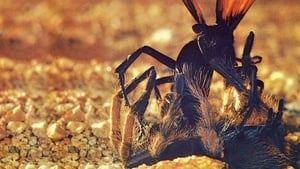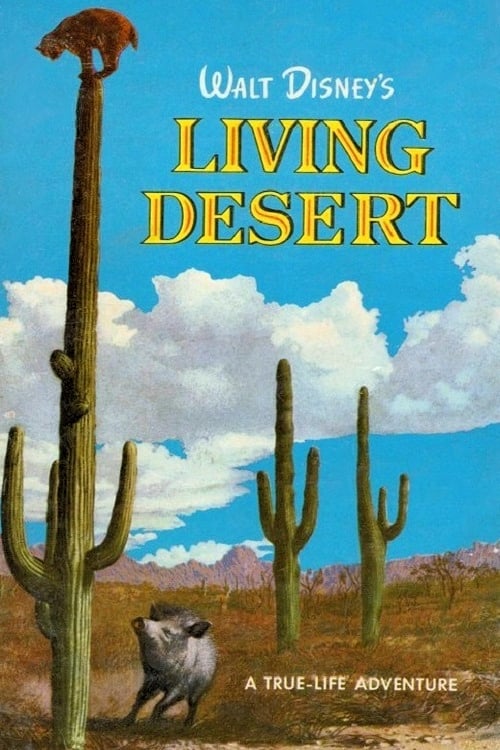Cast
View AllCrew
Director
- James Algar
Producer
- Ben Sharpsteen
Reviews
CinemaSerf
There’s a fun scene in this documentary that sees a tiny little mouse try to burrow it’s way out of the jaws of a rattlesnake only to find it’s assisted by a very unlikely ally - a tarantula! That should give you a clue as to the content of this film that very much does what it says on the can. Using some intimate (and probably patient) photographic techniques, we spend time in the arid wilderness of Death and Monument Valleys where despite the dryness a great variety of flora and fauna not only survive but thrive. It’s very much an eat or be eaten mentality for just about everything as there prove to be few safe hiding places for predators with two feet, four feet, giant leaves, prickles or great big wings but there’s a sense of equilibrium here as everything seems to be in proportion. It doesn’t rain much, nor has it for years, but at greater and more distant altitudes the cloudbursts do provide great volumes of water that make their way down the usually bone-dry river valleys with considerable force as they provide much needed sustenance for the environment for an hour or two, or a day or two, before the sun reasserts itself and evaporates anything not put to better use already. I’m not a great fan of Winston Hibler’s narrations, but here that matters less as we can just sit and watch how vivid colours emerge from the constant beige of the sand and everything from small insects to giant eagles exist in harmony. Some of the scenarios do look a little shall we say “created”, but they still serve their purpose in introducing an audience to life here and, well it is Disney after all. Worth a watch.
Jun 7, 2025
Thematic Analysis
The Living Desert represents a fascinating example of Documentary cinema, offering viewers a unique perspective on the human experience and societal structures. The film's approach to its themes demonstrates a creative vision that distinguishes it within its genre.
Director James Algar brings their distinctive visual style to this film, continuing their exploration of themes seen in their previous works while adding new elements. Their approach to pacing and visual storytelling creates a viewing experience that rewards close attention.
Released in 1953, the film exists within a cultural context that now offers viewers historical perspective on the social issues of that era. Its critical acclaim reflects its artistic achievements and its place in cinema history.
Did You Know?
- The production of The Living Desert took approximately 27 months from pre-production to final cut.
- The final cut of the film runs for 69 minutes, though the director's initial assembly was reportedly 93 minutes long.
- The cast underwent specialized training for 4 weeks before filming began.
- Some visual effects sequences took up to 3 months to complete.
- The musical score contains over 53 unique compositions.
Historical Context
- In 1953, when this film was released:
- The Cold War was intensifying, influencing global politics and culture.
- Television was becoming a dominant form of home entertainment.
- The film industry was dominated by major studios, with independent cinema still in its early development.
How This Film Stands Out
While The Living Desert shares thematic elements with other films in its genre, it distinguishes itself through its unique approach to storytelling, visual style, and character development.
Unlike Grizzly Man, which takes a more conventional approach to its subject matter, The Living Desert subverts genre expectations by exploring its themes with greater nuance.
While films like Simona and Askania Reserve explore similar territory, The Living Desert stands apart through its distinctive directorial vision and pacing.
This film's unique contribution to cinema lies in its bold artistic choices and willingness to challenge viewer expectations, making it a valuable addition to its genre.
Details
- Release Date: November 10, 1953
- Runtime: 1h 9m
Where to Watch







